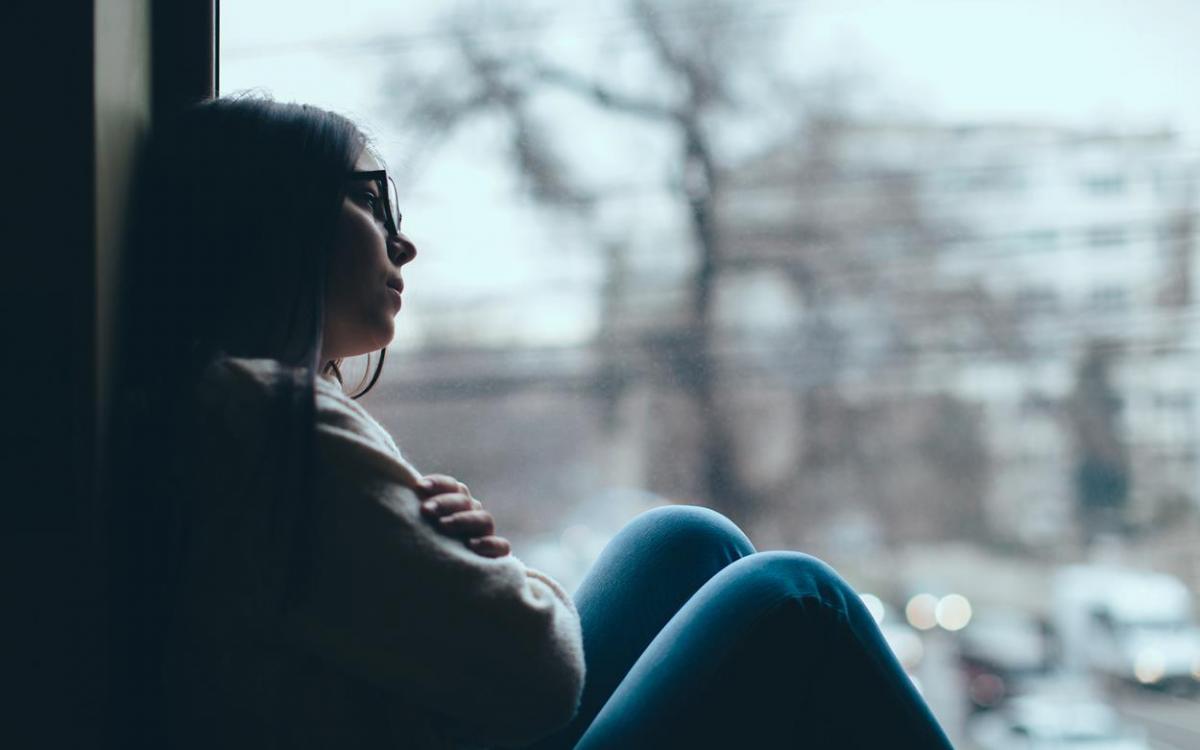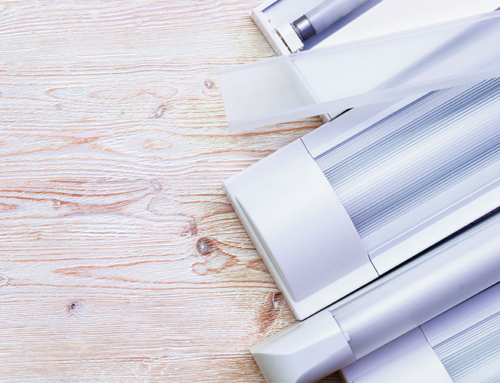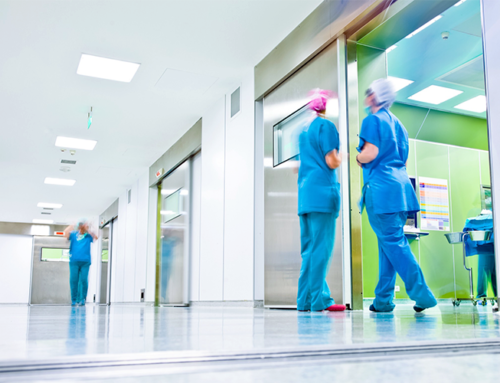
December 21st marked the return of the Winter Solstice, the shortest day of the year in the northern hemisphere. Here in Madison, Wisconsin, we got just nine hours of daylight. Some of the northern-most US cities, like Barrow, Alaska, didn’t get any. As the days get shorter, the lack of sunlight can trigger changes in our body and disrupt some of the brain’s daily chemical functions.
These changes cause some to experience the “winter blues.” At times, even the most-optimistic personality can be diminished by cold, dreary, endlessly stale and gray days. For many people, however, the winter months can cause them to experience feelings of depression, lethargy, and irritability—all of which usually improve once spring arrives.
This is what’s known as Seasonal Affective Disorder (or SAD). It’s more serious than the typical “winter blues,” and is more common than most people think. Those with SAD can get bogged down and lose steam as the days become short-lived and the nights get longer. Although the winter solstice marks a seasonal turning point, for those with seasonal affective disorder, it’s just another day of feeling blue.
In this blog, we’ll go more in-depth as to what Seasonal Affective Disorder is, and explore how you can manage its symptoms using light therapy, so you can experience a greater sense of well-being and stay positive during the winter months.
What is SAD?
“Season Affective Disorder (SAD) is a sub-type of depression that is linked to the change in seasons,” as defined by Mayo Clinic. Symptoms of SAD include: feelings of hopelessness and worthlessness, social withdrawal, the inability to concentrate, less energy, loss of interest in work and other activities, uncontrollable urges to eat sugary and high-carb foods and the accompanied weight gain. Although these symptoms typically fade with the arrival of spring, SAD can leave you overweight, out-of-shape, and with strains on relationships and employment.

Although anyone can be affected by SAD, a study by American Family Physician found that women are four times more likely than men to experience the disorder, and a separate report found SAD is more prevalent in those who are younger, those who live further from the equator, and those with a family history of depression and/or bipolar disorder.
Researchers are still unclear about the exact causes of Seasonal Affective Disorder, but many experts agree that the condition is linked to the reduced hours of sunlight in winter months, and the lack of sunlight preventing the hypothalamus (that part of the brain that controls circadian rhythm) from performing properly. As a result, chemicals produced by the brain that affect mood- and sleep-related hormones, like melatonin and serotonin, are inconsistent.
These changes in our environment cause the brain to overproduce the hormone melatonin in-response to less sunlight and extended periods of darkness, causing sleepiness. In addition, in those who experience SAD, serotonin is quickly swept away from the space in-between neurons, caused by excess levels of transporter proteins, moving the chemical back in the presynaptic neuron, which can lead to depression.
Some find that taking an antidepressant medication helps relieve the symptoms; however a unique approach to fighting seasonal depression is the use of light therapy.
Using Light Therapy for Treatment of SAD
One of the most-effective ways to treat Seasonal Affective Disorder is Bright Light Therapy. It’s based on the idea that if the lack of sunlight contributes to SAD than getting the appropriate dose of light may reverse its symptoms. The practice involves exposure to high levels of intense light, emitted by a special “light box,” for 30-minutes a day, typically as soon after waking up as possible. These light boxes produce 10,000 “lux” (a measure of light intensity), which is about 20 times brighter than typical indoor lighting.
Bright light therapy works by stimulating intrinsically photosensitive retinal ganglion cells (ipRGCs) in the eye that connect to and activate the hypothalamus. Activating the hypothalamus at a certain time every day controls the release of hormones like melatonin and cortisol, restoring a normal circadian rhythm, and thus dismissing seasonal symptoms. A study published in the American Journal of Psychiatry, found that lamps with a dosage of 10,000 lux can effectively treat SAD after one week of use.

Although it’s considered to be as effective in treating seasonal affective disorder as antidepressants, light therapy may not work, or be an appropriate method, for everyone. Some may require additional, or brighter, light. Others may not be able to tolerate bright light; for those with bipolar disorder, bright light can trigger hypomania or mania; be sure to consult with your doctor before trying light therapy.
Researchers are currently looking for ways to improve and increase the effectiveness of light therapy. One method currently being investigated is “Dawn Simulation,” where a lamp, controlled by a computerized timer, simulates a natural sunrise by gradually increasing in light intensity from darkness to 300 lux. Another method is “Negative Ion Therapy” that uses a special electronic device to deliver negatively-charged particles, similar to those created naturally by the sun, wind, and moving water.
Getting the Most Out of Light Therapy
The following tips have been adapted from Dr. Merlynn Wei’s advice to getting the most of and increasing Bright Light Therapy’s effectiveness:
1. Make sure your light box is 10,000 lux.
You’re trying to mimic the full spectrum of light found in natural sunlight, so using a normal light won’t suffice. Use a light box made for Bright Light Therapy or “phototherapy.” Your light box should emit 10,000 lux, which is 20 times stronger than typical indoor lighting. Using a lamp with few lux units may require you to use it for longer periods of time to achieve similar benefits.
2. Use light boxes that provide the full spectrum of white light and avoid ultraviolet rays.
To best mimic natural daylight, you’ll want a light box that utilities the full spectrum of white (or visible) light, and filters out 99% of UV rays, which are harmful to your body.
3. Position the box at eye level or higher.
Avoid positioning your light box directly in front of your eyes. Instead, put it about 45 degrees to the right or left of your eyes (about 2 o’clock and 10 o’clock, respectively).
6. Use your light box for 20 to 60 minutes in the morning
This will depend on your individual needs, but recommended practice is to start with 20 to 30 minutes of using the light box every morning to see if it improves mood and energy. If it isn’t making a difference, try using your light box for longer periods of time, up to 60 minutes each morning. Users of light boxes like to employ bright light therapy into their morning routine, and multitask while they have their morning coffee and breakfast, check their emails, etc.
7. Use the light box daily from early fall through winter.
Consistency is important in bright light therapy. Using your light box daily is more-likely to boost your mood and energy levels. If you’re prone to getting the “winter blues,” start using your light box every morning in the early fall. Using your light box later in the year, or only using your light box a few times per week, can reduce its effectiveness.
8. Avoid light therapy if you take medications that are photosensitive.
Photosensitive medications include lithium, melatonin, certain antibiotics, and some acne medications like Accutane. These meds make your skin sensitive to light, which can lead to skin changes that appear similar to a sunburn or rash.
9. Monitor your mood to see if it’s working.
Most people begin to notice more energy and an improved mood within one to two weeks when used daily. Others notice a more immediate response to light therapy. If you’re looking to try Bright Light Therapy, please talk to your doctor first. As mentioned earlier, some people may have a bad reaction to the bright light in the first few days, including suicidal thoughts or hypomania.
10. Combine light therapy with other effective approaches for seasonal depression.
Bright light therapy is considerably effective when combined with other approaches to treating seasonal depression. This study found that cognitive therapy twice a week for six weeks was just as effective as 30 minutes of bright light therapy every morning.
As our understanding of light spectrums and how they influence our physiology expand, our methods and technology continue to branch out in niches that help us learn and improve our daily lives. Although there is no substitute for sunlight or being outdoors, practicing bright light therapy can lift our spirits when we can’t be in the sun.



